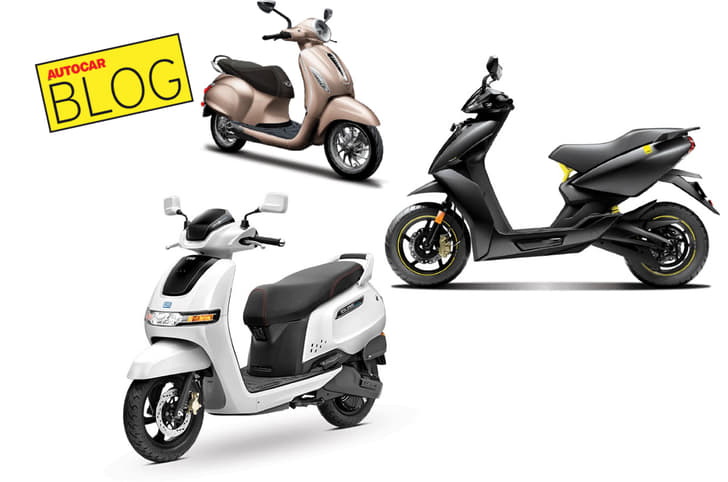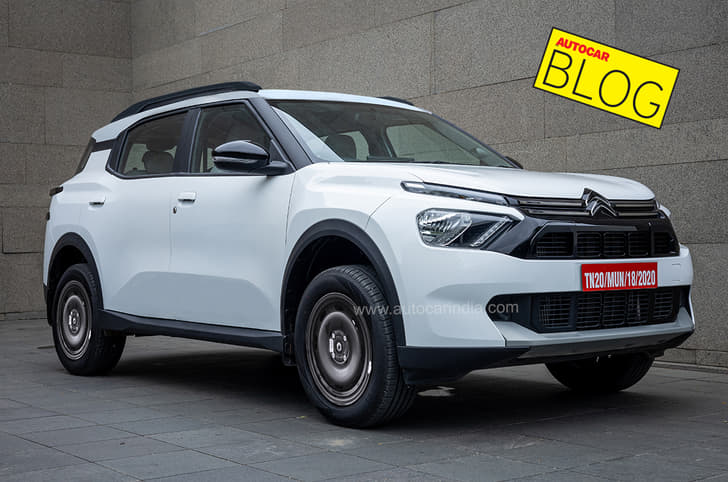Autonomous Driver Assistance Systems or ADAS, for those less familiar, are a set of active safety features in modern-age vehicles that's designed to prevent a collision or mitigate the impact thereof. These complex radar- or camera-based systems work in conjunction with sensors to scan the vehicle's surroundings. The system can automatically take control of the vehicle's brakes and steering to safeguard the driver and occupants from an impending crash.
In a recent poll conducted by us, we had asked readers about their opinion on ADAS. However, a whopping 51 percent of the respondents believe that ADAS has limited use in India, and 19 percent opined that they cost too much. In summary, a majority of the buyers don’t see the value of having ADAS in India, and I can understand why.
Recently, an errant two-wheeler rider cut me off when I was on my way to work in the new Hyundai Verna with ADAS. Although this isn’t an unusual occurrence, the car decided to slam the brakes automatically and stopped in the middle of a busy junction. To my luck, the car wasn’t rear-ended. You see, in most Indian cities where traffic congestion is high, driving conditions are erratic and the roads are filled with potholes, these systems could be more of a threat if not used correctly.
Hence, I’ve begun to religiously adjust system settings before a drive; I keep the distance for autonomous emergency braking (AEB) ‘near’ in the city (late braking) and ‘far’ for the highway (early braking). Similarly, for lane-keeping assist, I just keep an audible warning within city limits, whereas on the highway I keep assistance on. In the latter, the system makes corrective inputs to the steering automatically to ensure that the car is within its lane.
Of course, buyers have the option to turn off these systems completely, but with drivers having so many distractions – phones, touchscreen infotainment systems as well as the fiddly touch-operable controls in a vehicle – I’d recommend keeping these on. All it takes is one distracted moment to lead to a huge disaster. Just imagine how many pedestrian and two-wheeler riders' lives could have been saved had the cars stopped or slowed down in time before running them over. And I can’t emphasise enough how important ADAS is on the highway, where traffic is relatively scant and you’re driving at higher speeds. Not only do these systems assist drivers to steer, accelerate and brake, thus taking away fatigue, but they also minimise the risk of mishaps due to driver errors.
Part of the ADAS package are features like adaptive cruise control, which not only maintains the vehicle's speed but also keeps a safe distance with the vehicle in front; blind spot monitors intimate the driver of vehicles that aren’t in their field of vision; AEB applies the brakes when it detects an object on the road, and the driver is distracted or doesn’t apply the brake on time; lane keeping assist will ensure that the vehicle doesn’t veer off its lane; high beam assist automatically dips the lights so it doesn’t blind oncoming traffic and automatically switches to high beam at higher speeds for better visibility.
Several new cars are offering ADAS in multiple variants rather than just the top-spec. Hyundai Venue is the most affordable offering to get ADAS, while the Honda City is the most affordable sedan. Similarly, even Hyundai offers the Verna with ADAS across multiple variants, and interestingly, 35 percent of all new Vernas on our roads today are equipped with ADAS. Speaking to Autocar India, Tarun Garg, COO Hyundai Motor India stated, “I think Verna’s success is a big booster for us in terms of introducing ADAS going forward in more models.” Other mainstream players like Tata, Mahindra, Toyota and MG also offer ADAS with some of their premium offerings.
As India’s road network expands, and legal highway speed limits rise to triple digits, inclusion of ADAS in modern vehicles could be a life-safer for many. And frankly, you really need to understand how ADAS works and experience it to truly appreciate its benefits. If ADAS is available as an option in the next car you’re planning to buy, it is certainly one that you should consider.





























